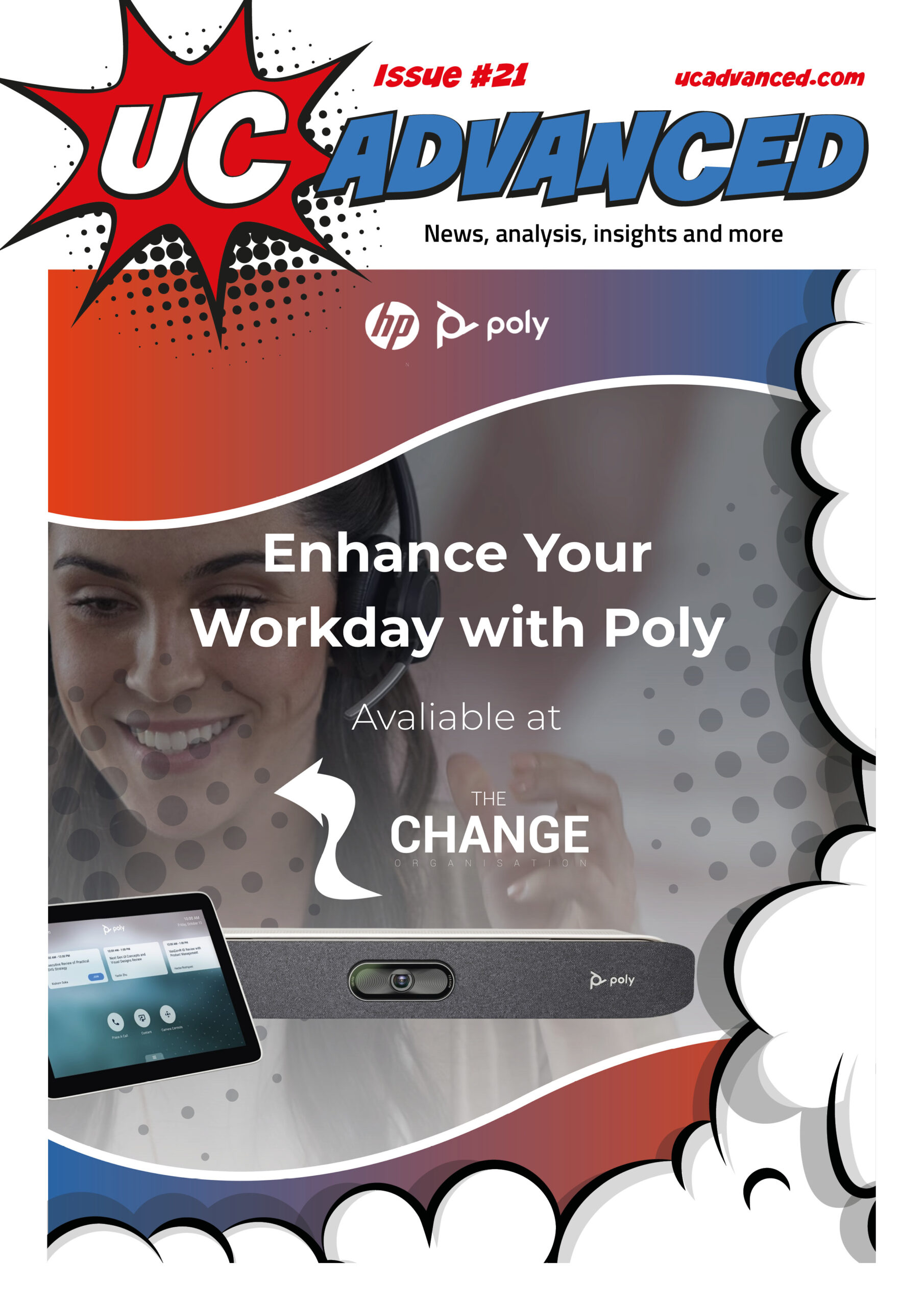Gavin Masters, Principal Digital Strategy & Transformation Consultant, Digital Commerce, Columbus UK, outlines where businesses can create a more personalised B2B buying journey
B2B e-commerce businesses are struggling with similar increases in the cost of living, supply chain shortages, and current economic headaches as B2C businesses.
There is mounting pressure to tailor shopping experiences, provide buyers with targeted information, and develop a frictionless omnichannel buying experience – so how can businesses respond?
B2B e-commerce has been found to be the most effective sales channel by 3,800 B2B customers surveyed in a recent McKinsey & Company global B2B Pulse. The survey revealed that “companies winning market share have not only digital self-serve channels such as their own websites but also broader e-commerce offerings.”
By not implementing digital transformation into their e-commerce strategies, B2B companies risk losing customers or enticing new customers. So how should businesses respond? The answer is in improved buyer engagement, a unified commerce approach, and a more flexible Content Management System (CMS).
1 Digitise CX to improve customer engagement
When a website features more than 5,000 products, many with similar functions, customers require guidance to locate their desired items. Let’s say a customer only engages with 20% of a company’s products, and that 20% only shows half of the feasible options for meeting their requirements. The customer would miss out on a wide range of options, and the retailer would miss out on opportunities to upsell, offer more expensive options, or simply secure the sale.
In many cases, this issue is exacerbated by a lack of data integration between new and old platforms, making it more difficult to provide customers with accurate, up-to date information, and offer tailored buying experiences.
Enhancing buyer engagement is pivotal for businesses. This often leads to increased Customer Lifetime Value (CLV), which represents the total value a customer brings over time, factoring in metrics like average order value and purchase frequency. As satisfied customers share their commendable buying experiences, it promotes customer retention and drives growth.
To read more follow the link on the image below!












